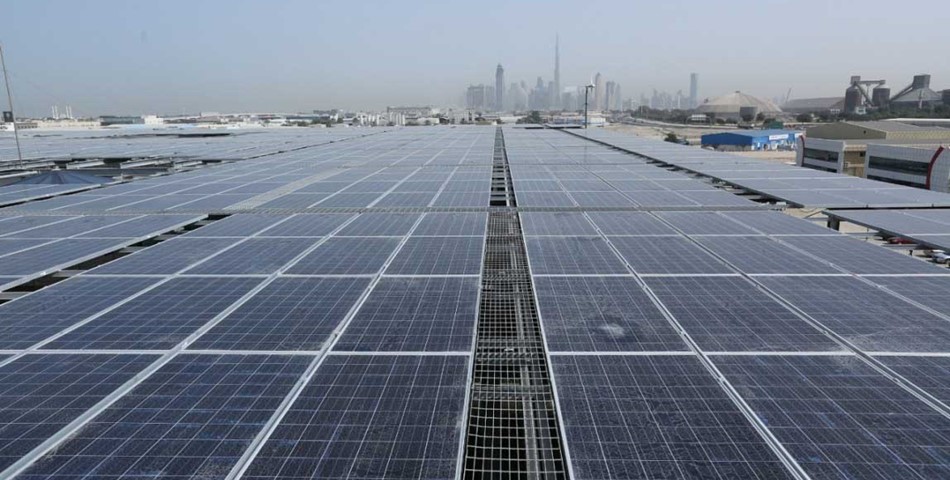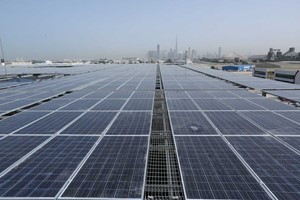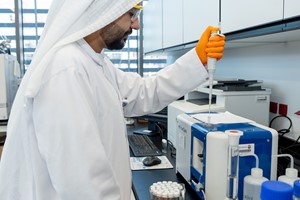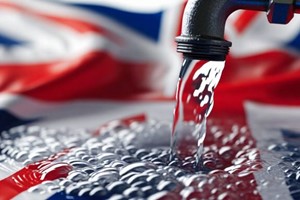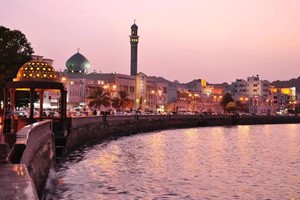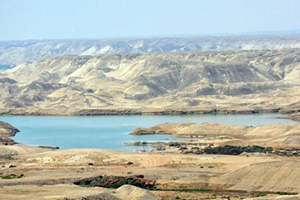Low oil prices and technological advancements have prompted Middle Eastern and North African countries to further invest in renewable energy sources.
As per a report published by Stratfor, several countries in the Middle East and North Africa are focusing on solar power as a means to satisfy rising electricity demand, make cuts to unsustainable government subsidy programs and reduce dependence on energy imports. It is also evident that the United Arab Emirates (UAE) aspires to become one of the leading nations responsible for developing the best global and regional practices in terms of renewable energy sources.
Meanwhile, the UAE has positioned itself as a renewable energy financier and development hub. It is the home of the International Renewable Energy Agency, and it hosts important conferences focused on both renewable and nonrenewable energy, according to Stratfor. The report adds that the UAE has used its ample hydrocarbon largesse to develop unique large- and small-scale renewable projects in ways that less resource-rich countries such as Morocco, Jordan and Egypt cannot match.
The UAE has established itself as a regional leader in solar power in part because of its greater ability to adopt the technology (both domestically and through partnerships with other countries) and to fund projects throughout the world. Masdar, the country's renewable energy arm, is connected with the Mubadala Development Co., one of the country's smaller sovereign wealth funds. Masdar is involved in projects throughout the Middle East, Africa, South America and Europe and on islands in the Pacific., says Stratfor.


According to the report recently published by BMI research, the strengthening project pipeline for non-hydro renewables projects in the UAE - particularly solar facilities - supports BMI growth forecasts. The Key Projects Database of BMI highlights that there is over 1.5GW of renewables capacity in the project pipeline - across various stages of development, mostly in the tendering phase. A total of 1.4GW of this capacity is solar. The report predicts that 99 percent of non-hydro renewables capacity will be made up from solar power in 2025. The report further forecasts solar capacity to expand by an annual average of 33.4 percent between 2016 and 2025, meaning the sector will comprise nearly 1.9GW by the end of 2025.
To further illustrate the UAE's efforts to invest in solar power, it is worth mentioning that Dubai Electricity and Water Authority (DEWA) launched the Mohammed bin Rashid Al Maktoum Solar Park with a planned capacity of 1,000 MW by 2020 and 5,000 MW by 2030, and a total investment of USD13.6 billion and will eventually save approximately 6.5 million tons per annum in emissions.
The World Expo will be connected to the Mohammed bin Rashid Al Maktoum Solar Park, which will provide it with 200MW of power. DEWA confirms that 80 percent of the second phase of the Mohammed bin Rashid Al Maktoum Solar Park is complete, as of mid-December 2016. The Mohammed bin Rashid Al Maktoum Solar Park is the largest single-site solar park in the world based on the Independent Power Producer model (IPP). The second phase is the first and largest of its kind in the UAE and will eventually generate 200 megawatts (MW) of electricity by April 2017. To date, 75 percent of the 2.2 million photovoltaic panels have been installed.



